
7 best Yoga Asanas for Athletes
Yoga is a great way to build strength and flexibility if you are an athlete. It also teaches you to respect your body and increase

Yoga is a great way to build strength and flexibility if you are an athlete. It also teaches you to respect your body and increase

Yoga is a great exercise to improve a soccer player’s flexibility and overall performance. It helps players increase their body awareness and strengthen their core
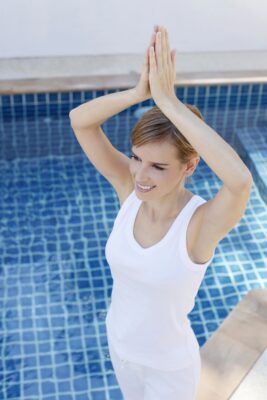
Yoga asanas can be a very effective way to manage tailbone pain. These exercises involve the use of a large number of muscles in the
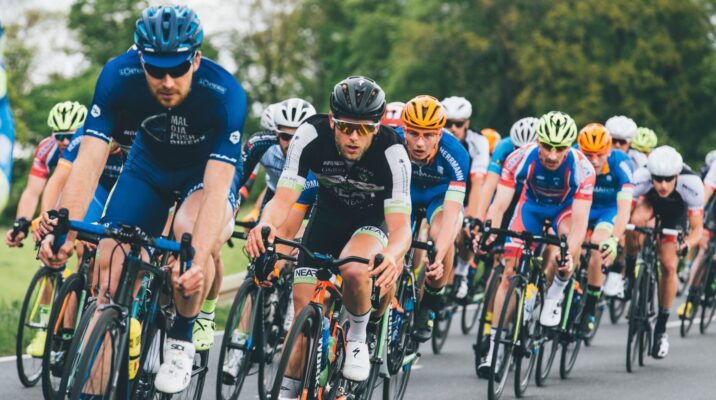
Regular practice of yoga asanas is essential for cyclists because it will condition your muscles and tendons. These are often tight due to cycling. Yoga
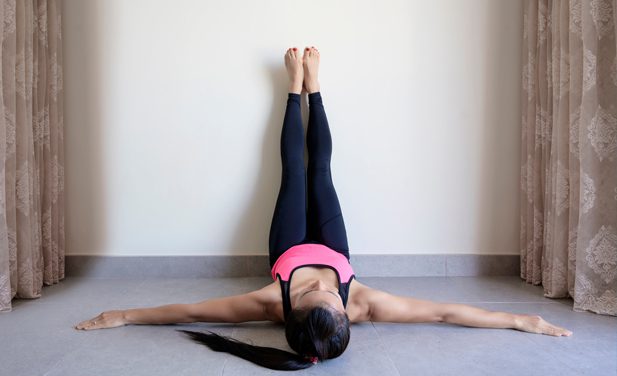
Yoga Postures is an ideal holistic treatment for piles, allowing you to get rid of the problem naturally and without drugs. It also improves your
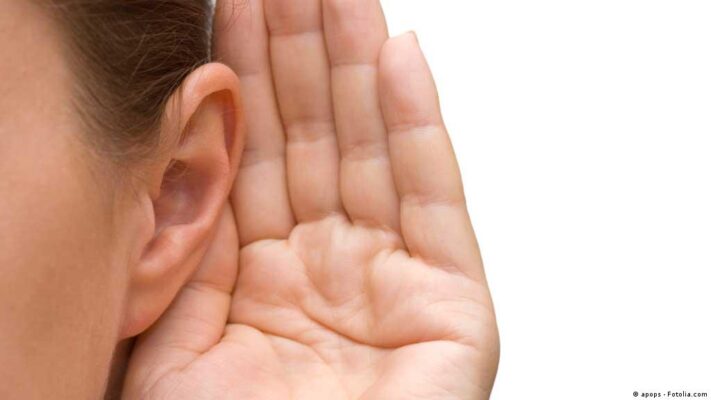
Yoga is an excellent way to improve circulation and the health of the inner ear. It stretches the muscles surrounding the ear, placing the head
Subscribe Newsletters

Yoga is a great way to build strength and flexibility if you are an athlete. It also teaches you to

Yoga is a great exercise to improve a soccer player’s flexibility and overall performance. It helps players increase their body
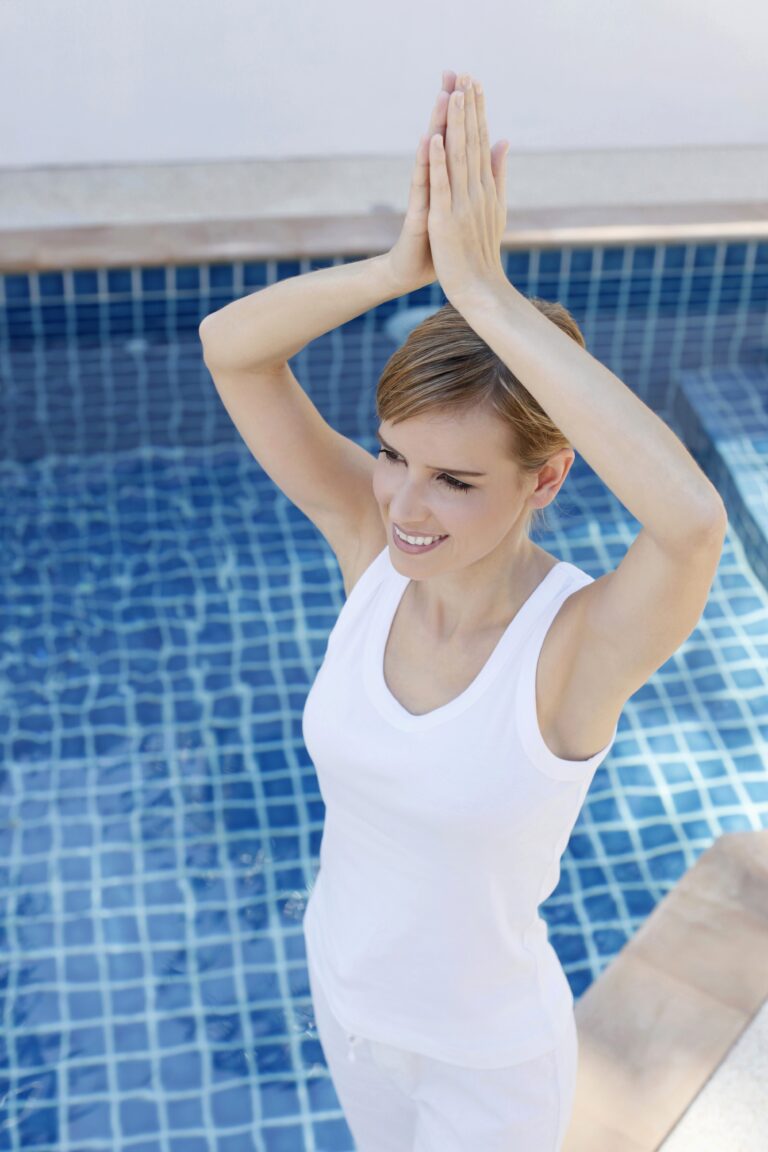
Yoga asanas can be a very effective way to manage tailbone pain. These exercises involve the use of a large
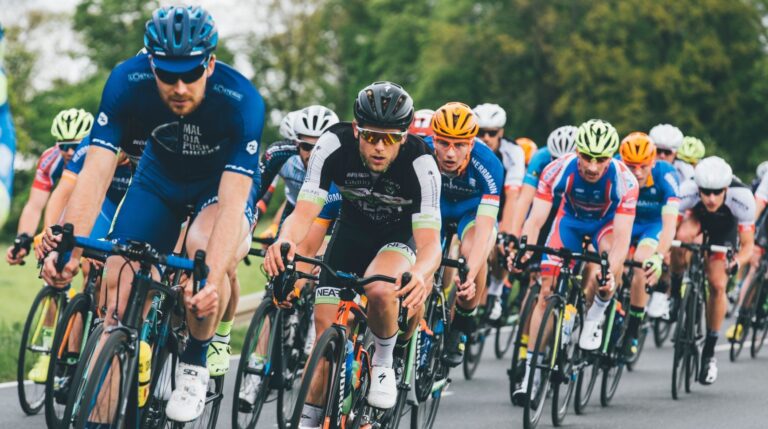
Regular practice of yoga asanas is essential for cyclists because it will condition your muscles and tendons. These are often

Yoga Postures is an ideal holistic treatment for piles, allowing you to get rid of the problem naturally and without
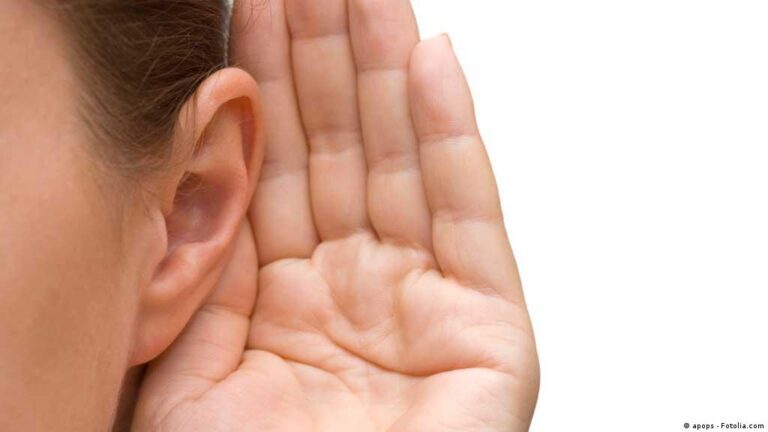
Yoga is an excellent way to improve circulation and the health of the inner ear. It stretches the muscles surrounding
Lorem ipsum dolor sit amet con sectetur adipiscing